- In the past few years, advances in technology have opened up new opportunities for cannabis growers.
- These include CMH lamps, a groundbreaking lighting system for horticulture.
- Read on for all the details that will help you choose the best lighting option for your grow room.
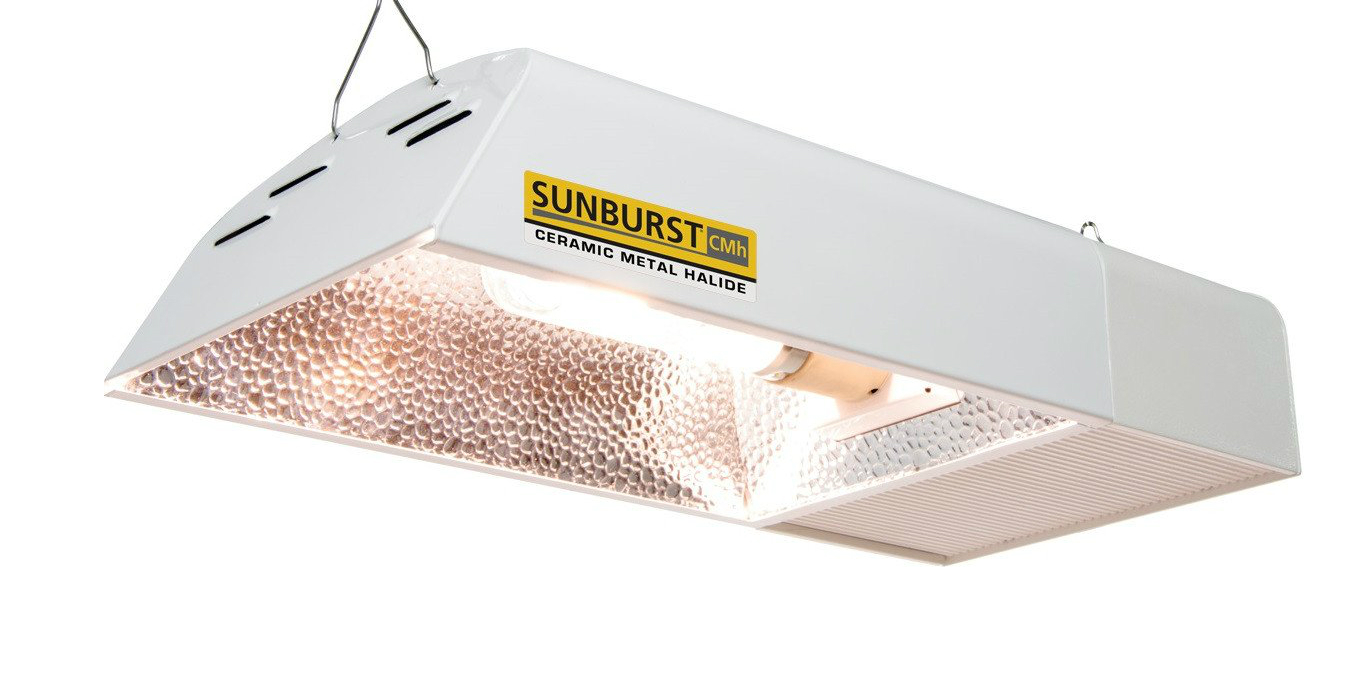
What are CMH/LEC lamps?
CMH (ceramic metal-halide) lamps are a next generation alternative to MH (metal halide) lamps. The main difference lies in the tube: while traditional MH lamps use quartz, the tube of CMH lamps is made from ceramic.
Ceramic tubes withstand much higher temperatures than metallic tubes. In order to lower the temperature inside the quartz tube, HID (high-intensity discharge) lamps are filled with a mixture of gases, but this can have a negative impact on the grow, as the produced light spectrum is not optimal for plant development.
Ceramic tubes, instead, withstand high temperatures and use a gas mixture that allows for an optimal light spectrum.
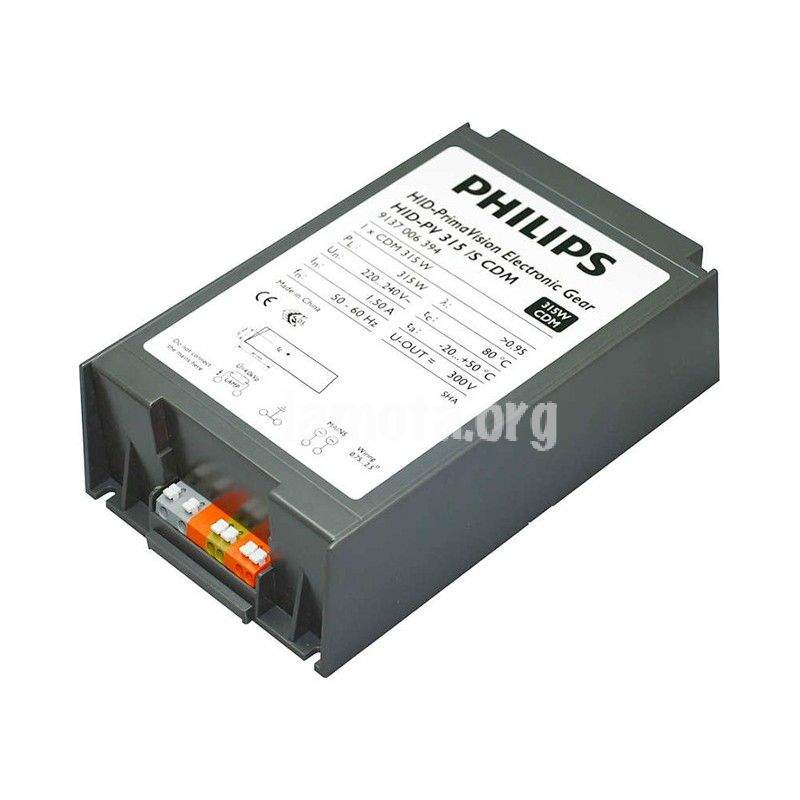
This innovative system was developed in 1981 by the Thorn group, and in 1994 Phillips marketed them internationally for the first time.
CMH lamps come in two different types - 3100 K (full spectrum) and 4200 K (blue spectrum) - and work only with low-frequency magnetic or electronic ballasts. They are commonly used in street, commercial and agricultural lighting.
Pros of CMH/LEC lamps
The light spectrum of CMH lamps is better suited to the needs of cannabis plants compared to other HID lamps. Also, they are more energy efficient - a 315W CMH lamp is equivalent to a 600W HPS lamp in terms of performance - and generate less heat, meaning that you won't have to run your air conditioning system as often in order to keep your grow room cool.
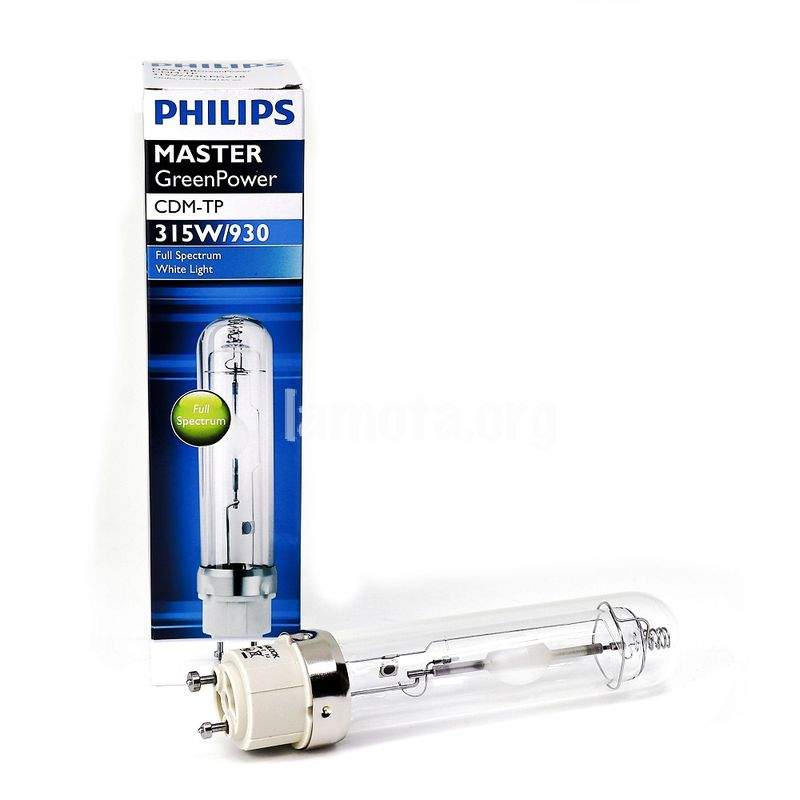
CMH lamps produce a more stable light beam, give better colour rendering and have a much longer useful life (about 50% longer), providing better performance than MH and HPS lamps.
Furthermore, CMH lamps are twice as efficient as traditional MH lamps in terms of lumens and about 15 to 20 per cent more efficient in terms of photosynthetically active radiation. Also, their spectrum contains higher amounts of UV and infrared rays, making for a healthier vegetative stage.
Although higher in price, their higher energy efficiency and the resulting increased yields offer excellent value for money.
In fact, the gram to watt ratio is much higher with CMH lamps. While HPS lamps don't always guarantee a 1:1 ratio (1 gram for every watt used), with CMH lamps you can easily harvest 1.5 g/W - 1.8 g/W if you are skilled in advanced growing techniques.
Cons of CMH/LEC lamps
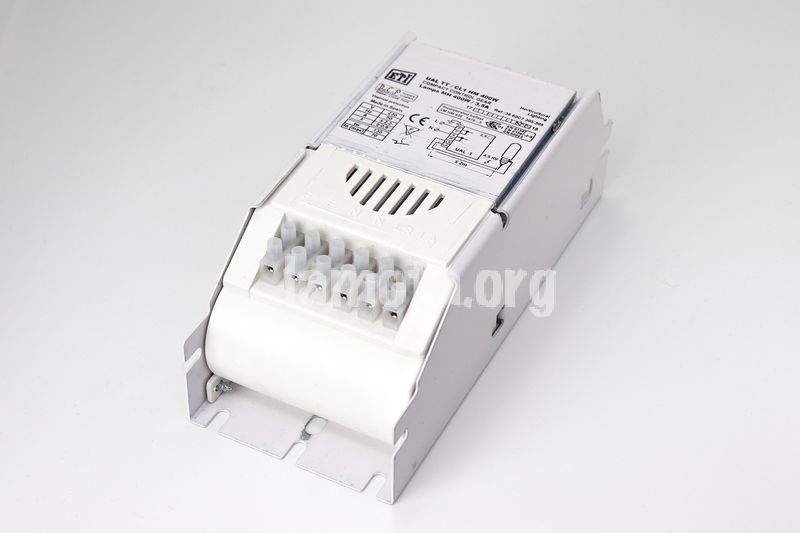
As LED lamps, CMH lamps are a recently developed technology, so the price is still fairly steep and there are only a few models available. Hopefully, we will see a reduction in price and an increase in choice as they become more widespread, but for now, they're just too expensive.
Another major drawback is that CMH lamps can produce severe skin burns and eye inflammation due to the short-wave UV rays they emit when functioning. Accordingly, you should always wear protective glasses, particularly if you plan to work in your grow room for several hours.
For your own safety, you should never use cracked or punctured CMH lamps, as they pose a serious risk to your health.
Models CMH/LEC available on the market
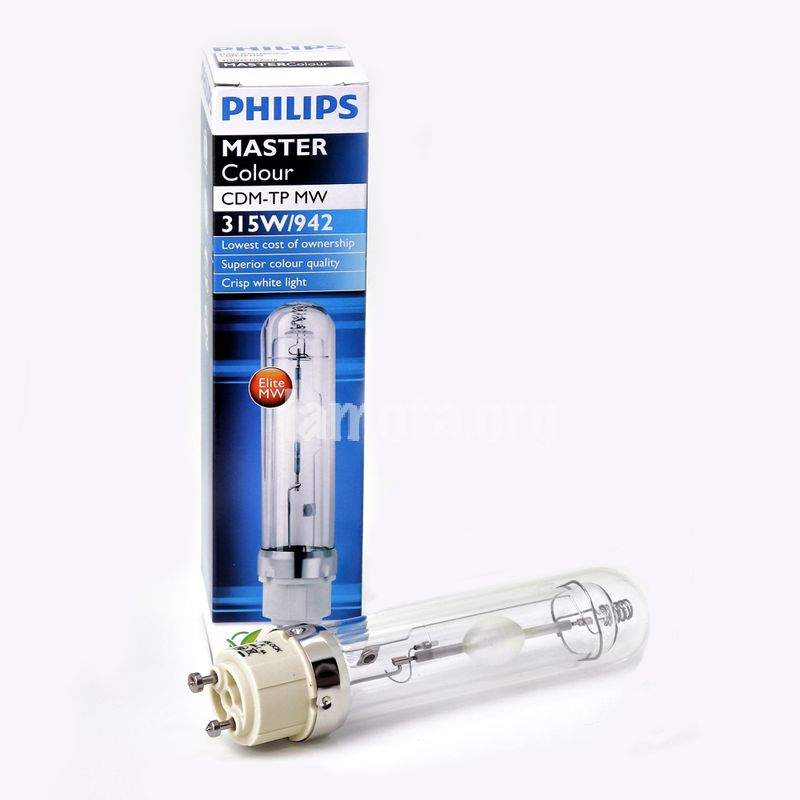
The most commonly used option is a 315W CMH lamp in combination with a Philips electronic ballast, but you can also find kits. Generally these include a CMH lamp and a magnetic or low frequency electronic ballast.
Hopefully, new models will reach the market soon, giving users a wider choice that can meet every specific need.
We hope to have shed some light on CHM lamps and wish you the best of lucks with your grow.



Comments from our readers
Hello dinafem Do you know the correct distance between the lamp and the apex at each stage of the plant for a 315 w cmh? thx
Hello, i recommend you maintain a distance between 20-25cm, between the lamp and the apex at each stage. best regards
Read comments in other languages:
Did you like this post?
Your opinion about our seeds is very important to us and can help other users a lot (your email address won't be made public).